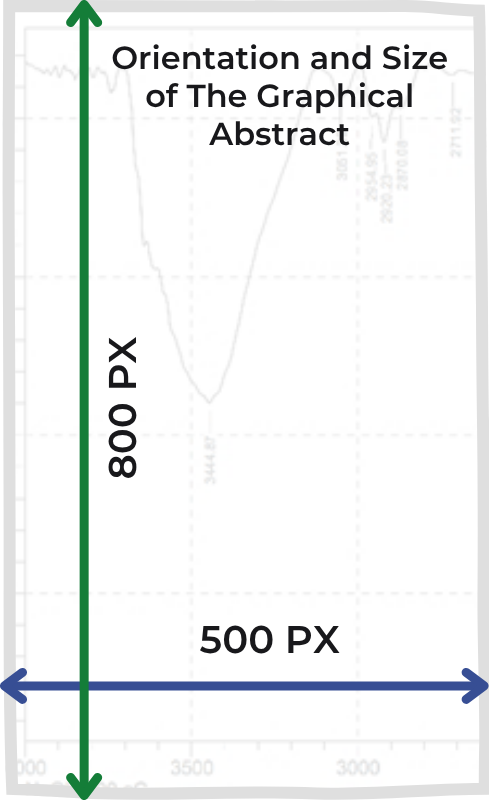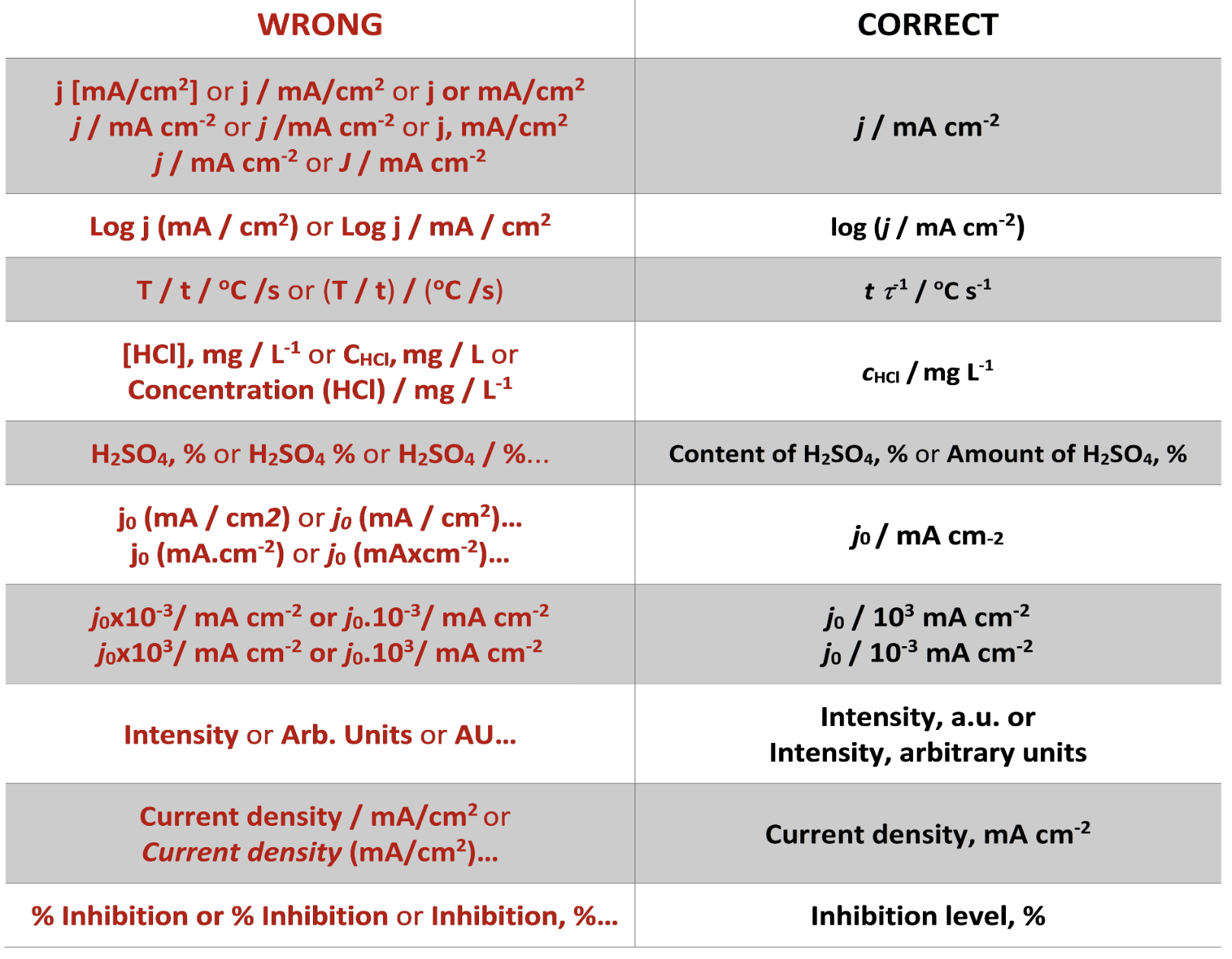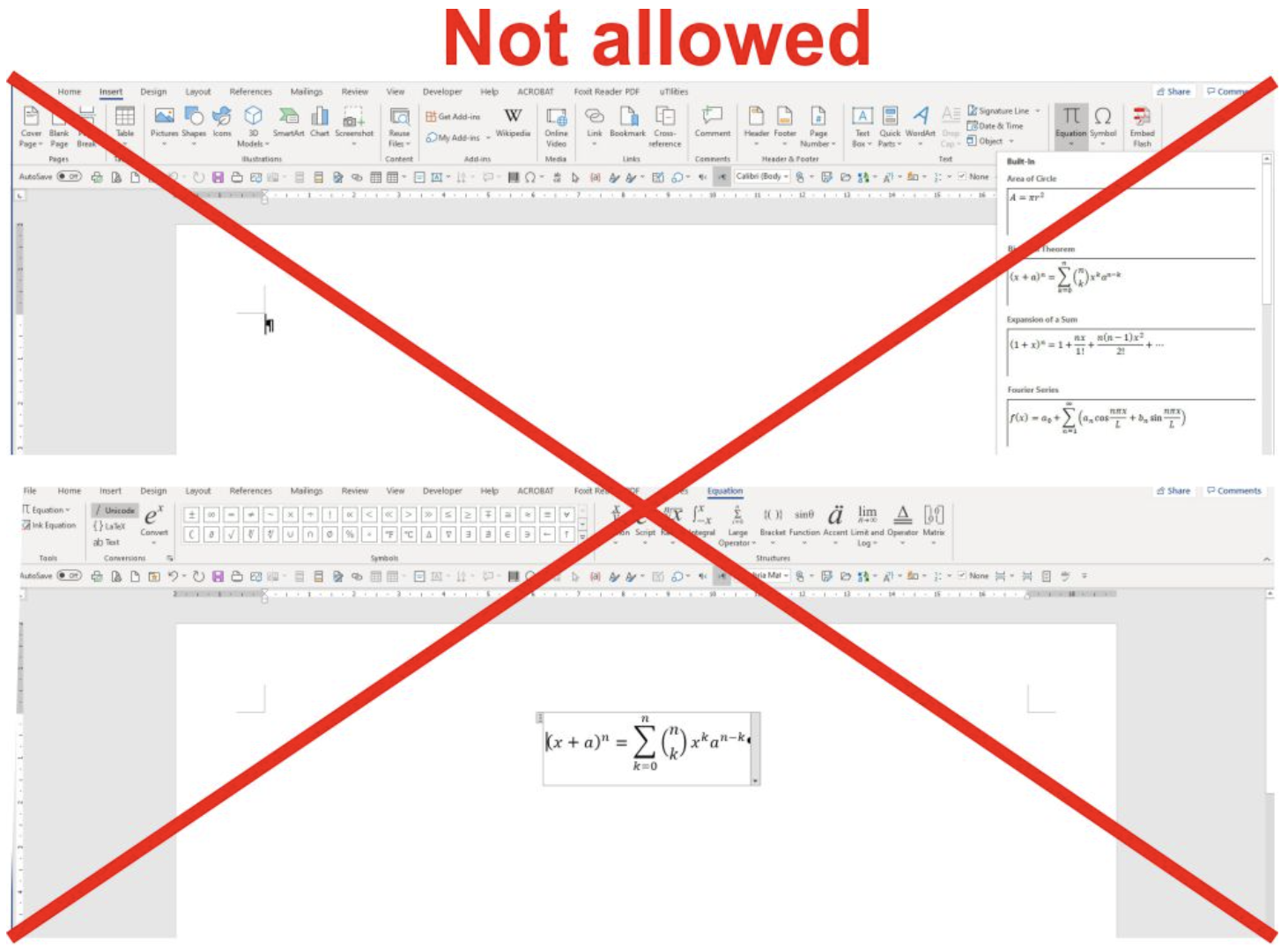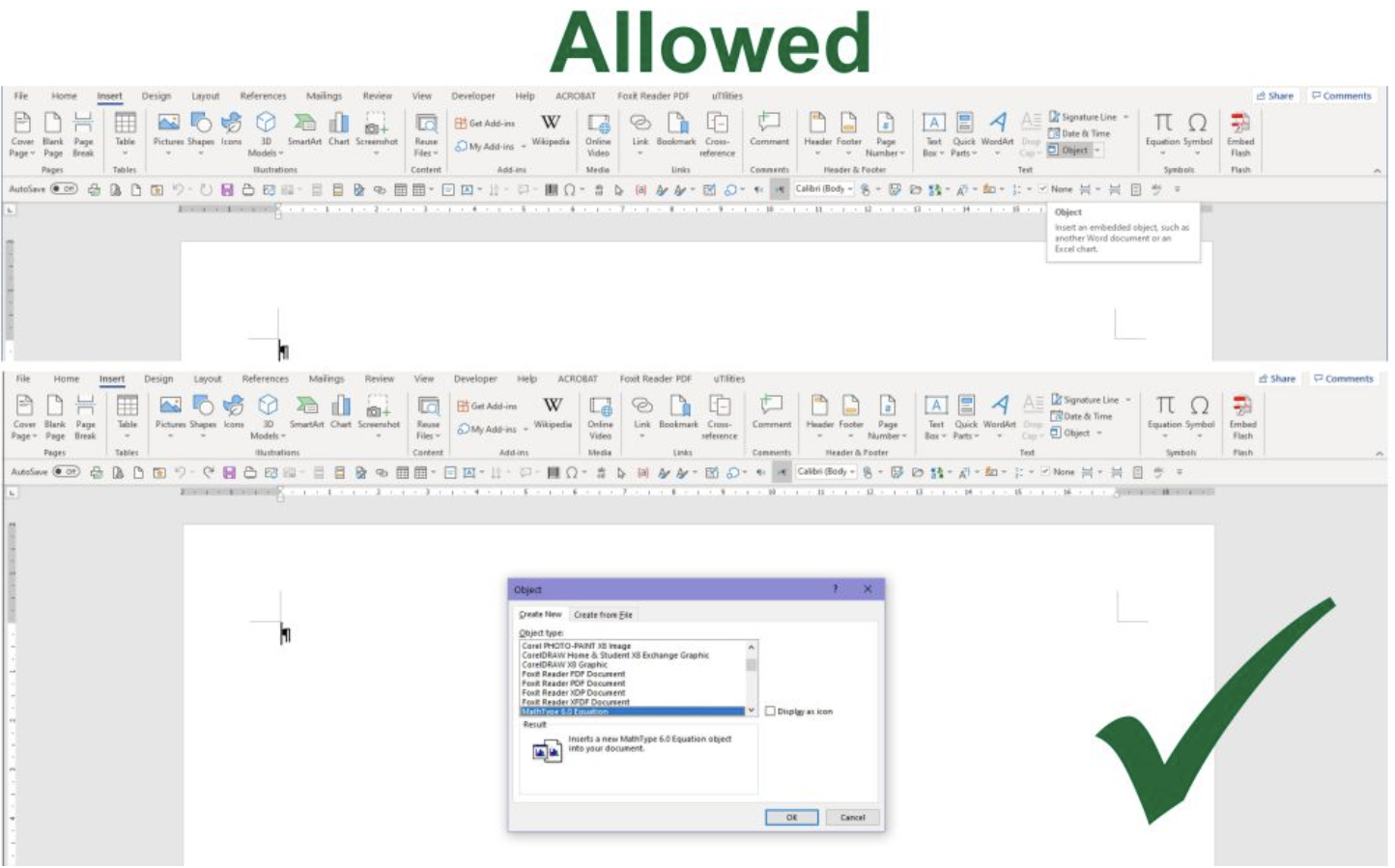Instructions for Authors
✨ Instructions for Manuscript Preparation
To maintain the quality and consistency of submitted manuscripts, authors are expected to carefully follow the formatting and submission guidelines outlined below. These include the required structure and components of the article, page and font specifications, proper formatting for tables and figures, and guidelines for writing conclusions and acknowledgments. Authors must also adhere to proper referencing practices using the IEEE style, supported by a reference manager (e.g., Mendeley, EndNote, or Zotero), and ensure that all cited sources are recent and relevant. Additionally, all manuscripts must undergo plagiarism checking through Turnitin, with a similarity score not exceeding 20%. Please review and revise the manuscript as needed before final submission to ensure compliance with these standards.
-
Manuscript must consist of the following scientific article components (subheadings in sequence), i.e.: (a) Article Title, (b) Author's Name (without title), (c) Author’s Affiliate Address, (d) Abstract and Keyword, (e) Introduction, (f) Methodology, (g) Results and Discussion, (h) Conclusion, (i) Acknowledgments (if any), and (j) References.
-
Manuscripts must be written in English, follow the provided template, with a maximum of 15 pages for research articles and 20 pages for review articles, including references.
-
Manuscript should be typed with A4 (210 x 297 mm) and be written using Arial Hebrew font according to manuscript template.
-
Please submit tables as editable text and not as images. The table is placed next to the relevant text embedded directly in the manuscript. Number tables consecutively in accordance with their appearance in the text and place the caption above the table.
-
Figures are prepared using uniform letter and readable size. Present figures and their captions embedded directly in the manuscript. The caption is numbered in sequence and placed below the figure. You are urged to provide good quality of figure with high resolution format e.g. i) vector graphics (EPS, EMF, PDF), ii) Color or grayscale photographs (halftones), keep to a minimum of 300 dpi (TIFF or JPEG). Please do not supply figures with too low resolution like GIF, BMP and WPG.
-
The conclusion contains a summary of the description of the results and discussion with reference to the purpose of research. Advice is based on research findings that have been discussed. Suggestions can refer a practical action, the development of new theories and/or studies.
-
If any, acknowledgement can be given to the parties who provide research grant or financial assistance and support, the support of sections and institutions, or to the professionals who contributed in the preparation of the report.
-
Using a reference manager application is very important to maintain consistency and accuracy of citations in your manuscript. If you don't already have an account with your preferred reference manager app (such as EndNote, Mendeley, or Zotero), please register on their official site. For example, for Mendeley, register here (https://www.mendeley.com/reference-management/reference-manager).
-
Authors are required to upload the prepared manuscript in PDF or DOC format to the Turnitin system via this link (https://www.turnitin.com/login_page.asp). Make sure the manuscript is complete and ready to be checked before uploading. The maximum similarity value allowed is 20%. Authors are expected to ensure that Turnitin checking results do not exceed this limit. If there are parts that are highly similar, please revise and correct them before resubmitting.
✨ Graphical Abstract
Graphical abstract is a one-image file containing the main depiction of the authors work and/or conclusion and must be supplied along with the manuscript. It must enable readers to quickly gain the main message of the paper and to encourage browsing, help readers identify which papers are most relevant to their research interests.
Authors must provide an image that clearly represents the research described in the paper. The most relevant figure from the work, which summarizes the content, can also be submitted. The image should be submitted as a separate file in Online Submission.
Specifications: The graphical abstract should have a clear start and end, reading from top to bottom or left to right. Please omit unnecessary distractions as much as possible.
-
Image size: minimum of 500x800 pixels (WxH) and a minimum resolution of 300 dpi. If a larger image is sent, then please use the same ratio: 16 high x 10 wide. Please note that your image will be scaled proportionally to fit in the available window in TOC; a 150x240 pixel rectangle. Please be sure that the quality of an image cannot be increased by changing the resolution from lower to higher, but only by rescanning or exporting the image with a higher resolution, which can be set in the usual "settings" option.
-
Font: Please use Arial Hebrew and Symbol font with a large enough font size, so it is readable even from the image of a smaller size (150 x 240 px) in TOC.
- File type: JPG and PNG only.
No additional text, outline or synopsis should be included. Please do not use white space or any heading within the image.

Illustrations
Please note the following guidelines when preparing your figures or photos for submission:
-
Color and greyscale photos may also be submitted in JPG format.
-
Each file must not exceed a maximum size of 32 MB.
✨Cover letter
Manuscripts must be accompanied by a cover letter (strictly uploaded in Online Submission Form - Step 2) in which the type of the submitted manuscript and a warranty as given below are given. The Author(s) has(have) to warranty that the manuscript submitted to the Journal for review is original, has been written by the stated author(s) and has not been published elsewhere; is currently not being considered for publication by any other journal and will not be submitted for such a review while under review by the Journal; the manuscript contains no libellous or other unlawful statements and does not contain any materials that violate any personal or proprietary rights of any other person or entity. All manuscripts will be acknowledged on receipt (by e-mail).
For any difficulties and questions related to OnLine Submission Form, please refer to User Guide, Chapter Submitting an Article. If difficulties still persist, please contact CIEJ Editorial Office at ciet@gmail.com
A MANUSCRIPT NOT PREPARED ACCORDING TO THESE INTRUCTIONS WILL BE RETURNED
FOR RESUBMITION WITHOUT BEING ASSIGNED A REFERENCE NUMBER.
✨Designation of Physical Quantities and Units
IUPAC recommendations for the naming of compounds should be followed. SI units, or other permissible units, should be employed. The designation of physical quantities must be in italic throughout the text (including figures, tables and equations), whereas the units and indexes (except for indexes having the meaning of physical quantities) are in upright letters. They should be in Times New Roman font. In graphs and tables, a slash should be used to separate the designation of a physical quantity from the unit (example: p / kPa, j / mA cm-2, T0 / K, t / h, ln (j / mA cm-2)…). Designations such as: p (kPa), t [min]…, are not acceptable. However, if the full name of a physical quantity is unavoidable, it should be given in upright letters and separated from the unit by a comma (example: Pressure, kPa; Temperature, K; Current density, mA cm-2…).. Please do not use the axes of graphs for additional explanations; these should be mentioned in the figure captions and/or the manuscript (example: "pressure at the inlet of the system, kPa" should be avoided). The axis name should follow the direction of the axis (the name of y‑axis should be rotated by 90°). Top and right axes should be avoided in diagrams, unless they are absolutely necessary.


For more details see:
https://iupac.org/wp-content/uploads/2019/05/IUPAC-GB3-2012-2ndPrinting-PDFsearchable.pdf
Latin words, as well as the names of species, should be in italic, as for example: i.e., e.g., in vivo, ibid, Calendula officinalis L., etc. The branching of organic compound should also be indicated in italic, for example, n-butanol, tert-butanol, etc.
Decimal numbers must have decimal points and not commas in the text, tables and axis labels in graphical presentations of results. Thousands are separated, if at all, by a comma and not a point.
Mathematical and chemical equations should be given in separate lines and must be numbered, Arabic numbers, consecutively in parenthesis at the end of the line. All equations should be embedded in the text except when they contain graphical elements (tables, figures, schemes and formulae). Complex equations (fractions, integrals, matrix…) should be prepared with the aid of the Microsoft Equation 3.0 (or higher) or MathType (Do not use them to create simple equations and labels). Using the Insert -> Equation option, integrated in MS Office 2010 and MS Office 2013, as well as insertion of equation objects within paragraph text IS NOT ALLOWED.


✨ Submission and Referencing Guide
Publication Cognitia : International Engineering Journal using online journal system (Cognitia : International Engineering Journal). Steps describing how to create an account and use online journal system are provided in the following link: Author Guideline
-
Author register in https://ejournal.candela.id/index.php/ciej/user/register as an author
-
If any, acknowledgement can be given to the parties who provide research grant or financial assistance and support, the support of sections and institutions, or to the professionals who contributed in the preparation of the report.
-
Authors are required to include a minimum of 25 scholarly references for research articles and at least 40 references for review articles, with emphasis on primary sources that are relevant, up-to-date (preferably within the last 5–10 years), and published in reputable journals. References in research articles should support the background, methodology, and discussion, while review articles must present a comprehensive and systematic coverage of the literature. Non-academic sources such as blogs or Wikipedia are not considered valid references. This requirement aims to ensure the academic quality, analytical depth, and scientific contribution of each submitted manuscript.
-
Or the bibliography, IEEE is written according to the rules of writing. All references used in writing in the bibliography be numbered in accordance with the alphabetically, not the appearance of the article.
-
Example of writing a bibliography based on IEEE rules. In IEEE format, references are ordered by the order they appear in the text and numbered. Each reference in the bibliography begins with a number in square brackets that corresponds to the citation number in the text. This format includes various types of sources, including books, journal articles, conferences, Proceedings, websites, etc.
Book : [1] A. S. Tanenbaum dan M. Van Steen, Distributed Systems: Principles and Paradigms, 2nd ed. Upper Saddle River, NJ: Prentice Hall, 2022.
Journal : [2] T. R. Dinanthi, E. P. . Syuryana, and D. H. . Prajitno, “Corrosion Resistance of Ternary Zr-Ti-Cu Alloy for Dental Implant Application in Ringer Lactate Solution Contamined with Ulcer Medicine”, CIEJ, vol. 1, no. 1, pp. 1–11, Apr. 2025, (https://doi.org/10.63288/ciej.v1i1.1).
Proceedings : [3] D. L. Johnson, “Smart grid technology and applications,” dalam Advances in Smart Grid Technology, T. Smith, Ed. 2nd ed. New York: McGraw-Hill, 2019, pp. 203-215.
Conferences : [4] M. Patel, “Emerging technologies in mobile computing,” dalam Proc. 15th Int. Conf. on Mobile Computing and Networking, Chicago, IL, USA, 2019, pp. 45-50.
Thesis/Disertation : [5] S. R. Jones, “Study of machine learning algorithms,” Tesis, Universitas Oxford, Oxford, Inggris, 2017.
Websites : [6] National Aeronautics and Space Administration (NASA), “Artemis program: Returning humans to the moon,” NASA. [Online]. Available: https://www.nasa.gov/specials/artemis/. [Accessed: 3 May. 2024].
All manuscript submitted to Cognitia : International Engineering Journal will be processed by Editorial Team. Review processes are carried out using a double-blind review system which means that the author and reviewer does not know each other. This is very important for objectivity during the review process. By considering the review results, editor in chief/managing editor has the right to accept or reject a manuscript to be published in Cognitia International Engineering Journal.
